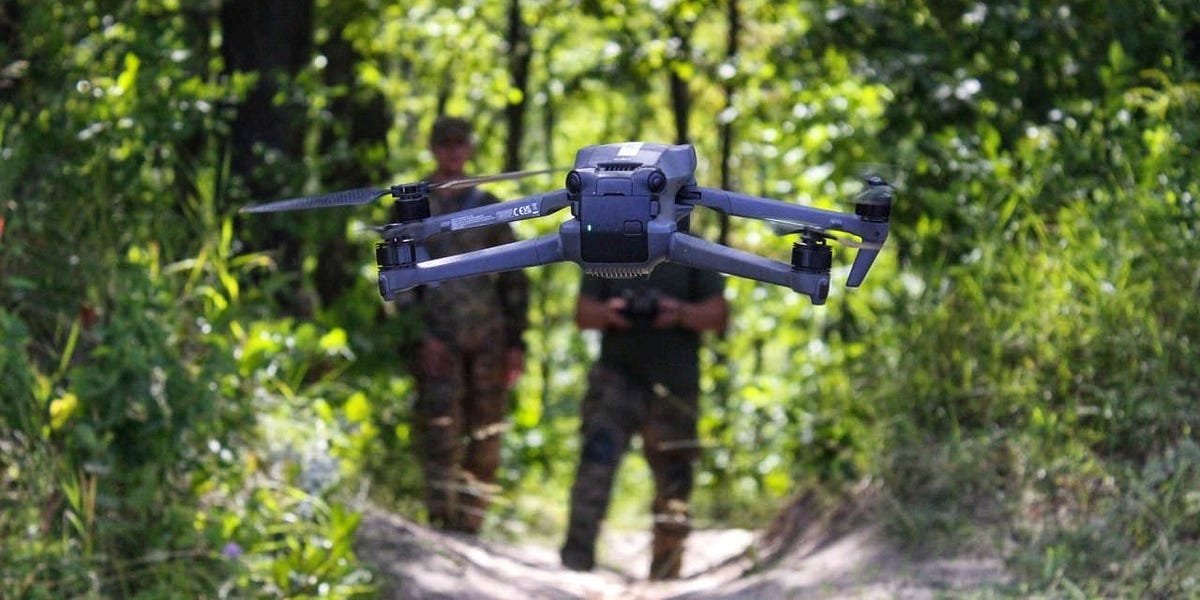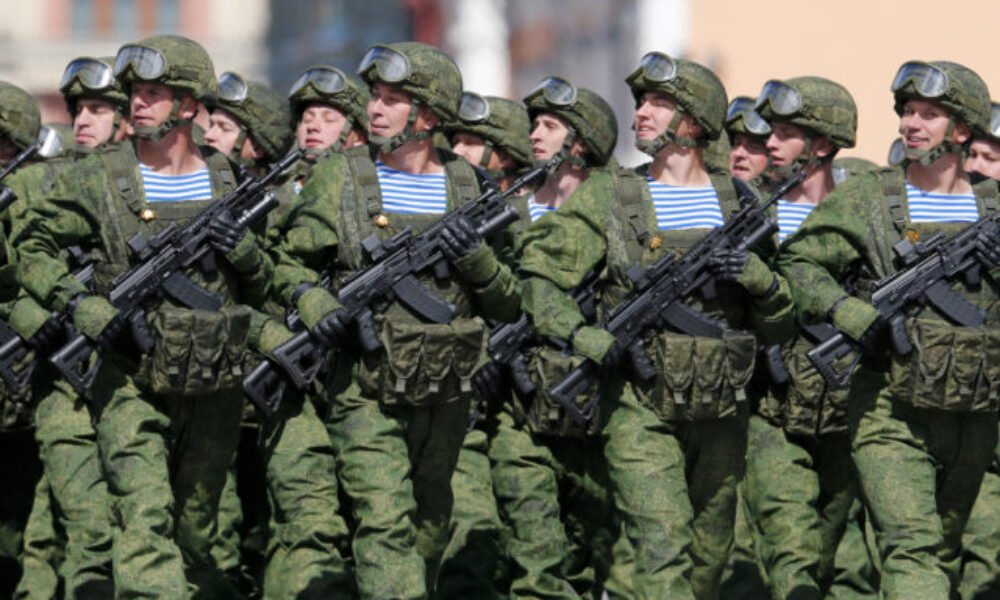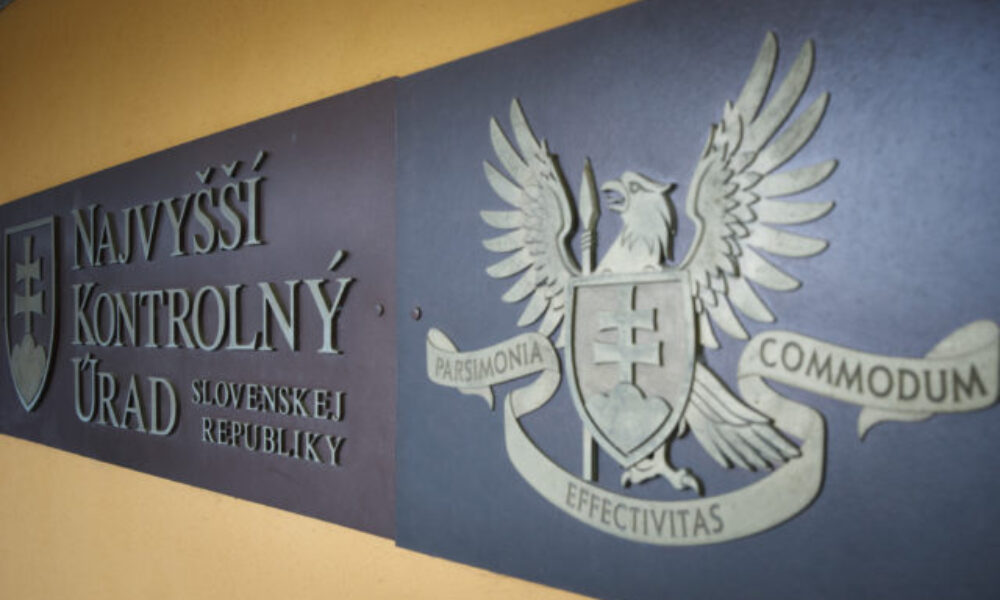
At least 80% of a drone mission’s success depends on the skills of a pilot. Yet when we hear that NATO allies plan to acquire thousands of super-modern drones, much less is said about their plans to train the people who will pilot and service them. It’s not a one-day task — in Ukraine, training a drone pilot takes an average of three months. Each type of unmanned system — whether an ordinary FPV drone, a fiber-optic model, an interceptor, or a reconnaissance platform (not mentioning others, more complex UAVs)— requires a distinct set of skills.
I always try to emphasize the human factor in “unmanned warfare” — how we keep forgetting to include the cost of labor to produce these drones, the cost of training crews, and the need to build the infrastructure that enables such training.
Governments may provide their forces with thousands of advanced drones, but without trained personnel to operate them, the equipment becomes useless. NATO allies should not only acquire technologies but also start training their crews as quickly as possible.
For the article below, I’ve gathered exclusive comments from Ukraine- and US-based experts and industry representatives, which appear in italics.
Thank you for reading and supporting my work!
Both Russia and Ukraine treat drone crews as the most valuable targets on the battlefield. Yet while NATO countries focus on acquiring fleets of unmanned hardware, they should prioritise just as much training thousands of pilots, mission planners, and engineers — people capable of performing defensive and offensive operations and adapting to multiple types of drone threats.
With Russian drone incursions becoming routine for NATO states, several countries have unveiled their drone-centric defence strategies. In September, European Union members discussed plans for a “drone wall” along their borders with Russia and Ukraine to detect, track, and intercept airspace violations. Earlier, the US unveiled its Unleashing American Drone Dominance doctrine, centred on expendable FPV drones and the rapid fielding of up to 10,000 low-cost air vehicles within 12 months. And, the UK is restructuring its military capabilities, with 80% focusing on unmanned systems.
Less attention, however, is paid to training. Professional operators can reduce shoot-downs and electronic-warfare losses while maximising drones’ utility for reconnaissance, artillery adjustment, and the destruction of enemy assets.
Dr. Paul Schwennesen, the US-based military affairs analyst who recently returned from his volunteer duty in Ukraine, says that, despite rumors that operational training programs are “imminent,” he has yet to see any systematic adoption of UAV training for small, tactical FPV drones in any of the services or at NATO: the U.S. Air Force Academy, for example, does not even field a drone team. Drone crew training may be happening in some quarters, but certainly not to the degree of institutional adoption like he witnessed in Ukraine.
Poland is beginning to acknowledge the gap. Under a memorandum signed in September 2025, Ukraine will directly train Polish soldiers in aspects of drone warfare. “We are talking about training engineers and soldiers who will be able to defend the air domain,” said Ukraine’s defence minister, Denys Shmyhal.
Ukraine’s own experience underlines why training matters. According to the veteran of the Russo-Ukrainian war and head of the Victory Drones project, Maria Berlinska, some 85–90% of drone success depends on people, not only the operator, but also the driver, the sapper, the mechanic. Only 10–15% is everything else. “A drone on its own, without the coordinated work of its team, delivers nothing,” Maria added in an exclusive comment to Ukraine’s Arms Monitor.
When it comes to FPV drones, skills and the physical ability of pilots to handle this technology matter even more. Oleksandr Yakovenko, the CEO of TAF Industries, one of Ukraine’s leading FPV manufacturers, says that Ukrainian producers are now making drones of broadly comparable quality, so the operator’s skill is what can make it or break it. It determines system effectiveness, so even a technically excellent platform will underperform without a qualified pilot.
Ukraine has its own “drone wall” project, known as the Drone Line, announced by President Zelensky in February 2025. Among the five elite units chosen for this initiative was the 429th Unmanned Systems Regiment, known as Achilles, which has destroyed or damaged more than 43,000 Russian targets since 2022. The regiment’s commander, Yuriy Fedorenko (codename “Achilles”), said that turning a recruit into a soldier ready for battlefield missions takes at least three months. “It’s like learning to drive,” he explained. “You may get a licence, but every vehicle demands different skills depending on where and how it’s used. The base is the same, but each platform requires its own preparation.”
Ukraine’s Unmanned Systems Forces make up just 2.2% of the Armed Forces — around 20,000 personnel out of Ukraine’s 900,000. The current aim of its Commander, Robert Brovdi, is to raise that to 5%, or 45,000, enough to cover the entire frontline at tactical, operational, and strategic levels.
Following these calculations, and taking 2% as the benchmark, while bearing in mind that none of these states are engaged in active armed conflict, the US would require roughly 26,000 personnel specialised in unmanned systems; Germany and the United Kingdom, about 3,600 each; and Poland, over 4,300.
Austin Gray, co-founder and CEO of the U.S.-based Blue Water Autonomy, believes it would be justified for the United States to allocate such a large number of personnel to unmanned systems, and even said that 26,000 is too low a number. “This number will grow. If we measure the “penetration” of unmanned systems in the U.S. military, I bet only 10% of U.S. units have drones, and this penetration rate needs to rise to 30-50%,” Austin added.
Pilots are only part of the equation. Engineers are also crucial. “An engineer is 50% of a drone’s success,” argues Tetiana Chornovol, a former MP now serving in Ukraine’s armed forces. “Pilots can’t master a single platform because they constantly fly different airframes. It’s the engineer who ensures each new machine won’t fail…We test frequencies against jamming, calibrate video channels for peak antenna power. You won’t learn this without obsessive hands-on engineering.”
The challenge grows as the number of platforms rises. More than 400 types of drones are now used on the battlefield in Ukraine. Among them are interceptors — cost-effective unmanned systems against Shahed-type drones, integrated into Ukraine’s layered air defence. Priced at around $5,000 each, they downed a fifth of the record 810-drone Russian salvo on September 7th.
Experts say drone interceptors are Europe’s best answer to the growing Russian drone threat. So far, Europe has neither the systems nor the human resources needed to operate them.
Britain has recently launched Project Octopus, a joint programme with Ukraine to develop interceptor drones for both the frontline and Europe’s eastern borders. Ukraine plans to produce 1,000 per day for its own needs — but training crews is proving harder to scale.
Currently, each interceptor drone requires its own operator. When Russian drones fill the skies, Ukraine’s units cannot field enough personnel. Ukraine currently has over 33 licensed drone training schools, but it’s still not enough, and the quality of training varies.
“Having enough qualified instructors is critical. The load on top volunteer training centres like Boryviter and Victory Drones is enormous right now,” says Anton Melnyk from the MITS Capital investment fund. Another option is to train pilots in the internal training centres of military units, for example, K-2, the “Killhouse” at the 3rd Assault Brigade, Achilles, and so on. Anton added that training for any drone operator usually starts with the Mavic: it’s relevant for everyone, even for tank crews who can simultaneously operate drones for aerial reconnaissance. But the more systems an operator masters, the better a specialist they become. It’s a huge advantage, both for the operator and for the team they work with.
One Ukrainian drone school, Dronarium Academy, has recently launched counter-drone training courses in Poland that will open later this year for military officers as well as civilians preparing to enlist.
Operating unmanned systems in modern warfare is not just about the ability to “fly a drone.” It’s a complex competency, including understanding electronic warfare, working in a jammed environment, and coordinating with other elements of a multilayered air defence system. “These are precisely the kinds of knowledge and practical experience our partners still lack. This became obvious after we reviewed their training materials and curricula: it’s clear that the people who prepared them had no real combat experience in using drones,” said a representative of Dronarium to Ukraine’s Arms Monitor.
Technology is beginning to ease this constraint. Systems already exist that allow one operator to launch multiple interceptors, each programmed to fly to set coordinates and autonomously engage targets. Such semi-autonomous solutions boost effectiveness against manoeuvring threats, though they are not yet widely deployed. Ukraine has also introduced AI-enabled swarms that cut crew requirements from nine to three: a planner, an operator, and a navigator.
Yet autonomy will not fully replace people on the battlefield. NATO doctrine insists on a “human in the loop” concept: at some point, a human must decide what to attack and whether the target is legitimate. That means that men and women will remain the decisive element of drone warfare.
On the other side of the battlefield, Russia is investing heavily in cultivating its next generation of drone pilots. Russian schools are being equipped with specialised classes to teach drone operation, and the minimum age for drone-piloting competitions has been lowered to just seven. There is no doubt that NATO countries will be facing drone threats for many years to come.
Here is the list of some of my most recent and relevant articles:










